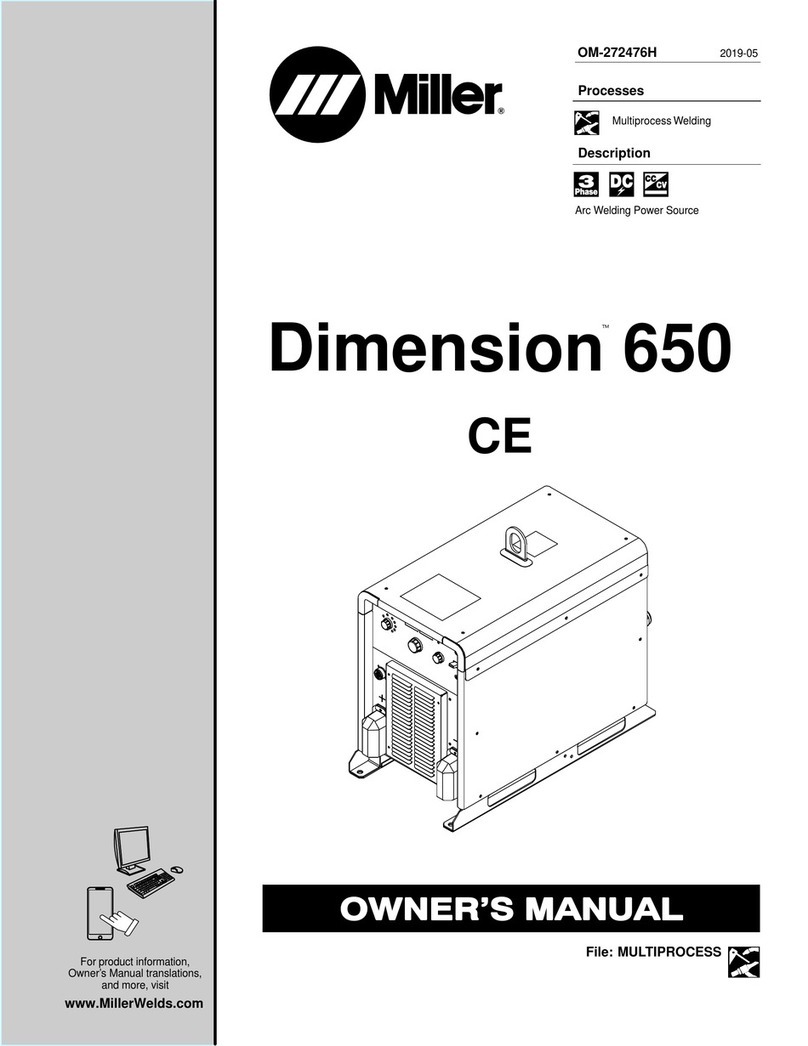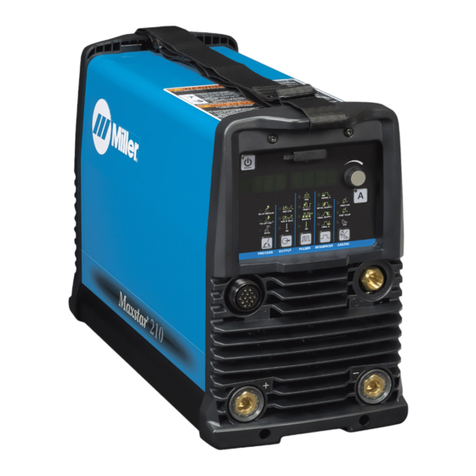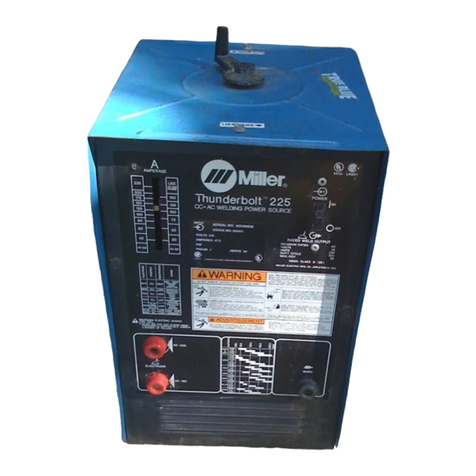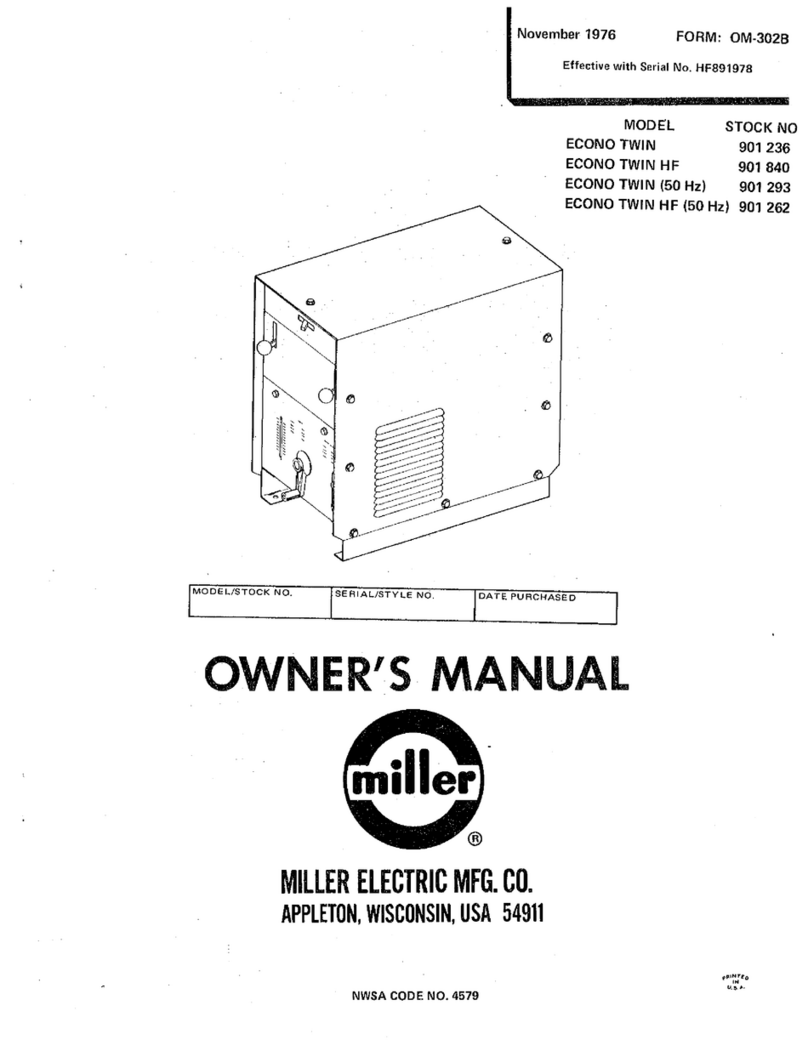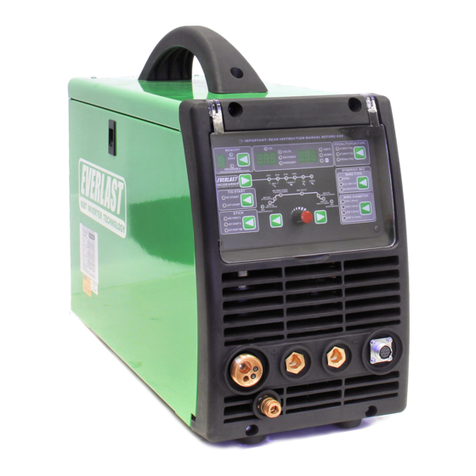Miller Maxstar 300 User manual
Other Miller Welding System manuals
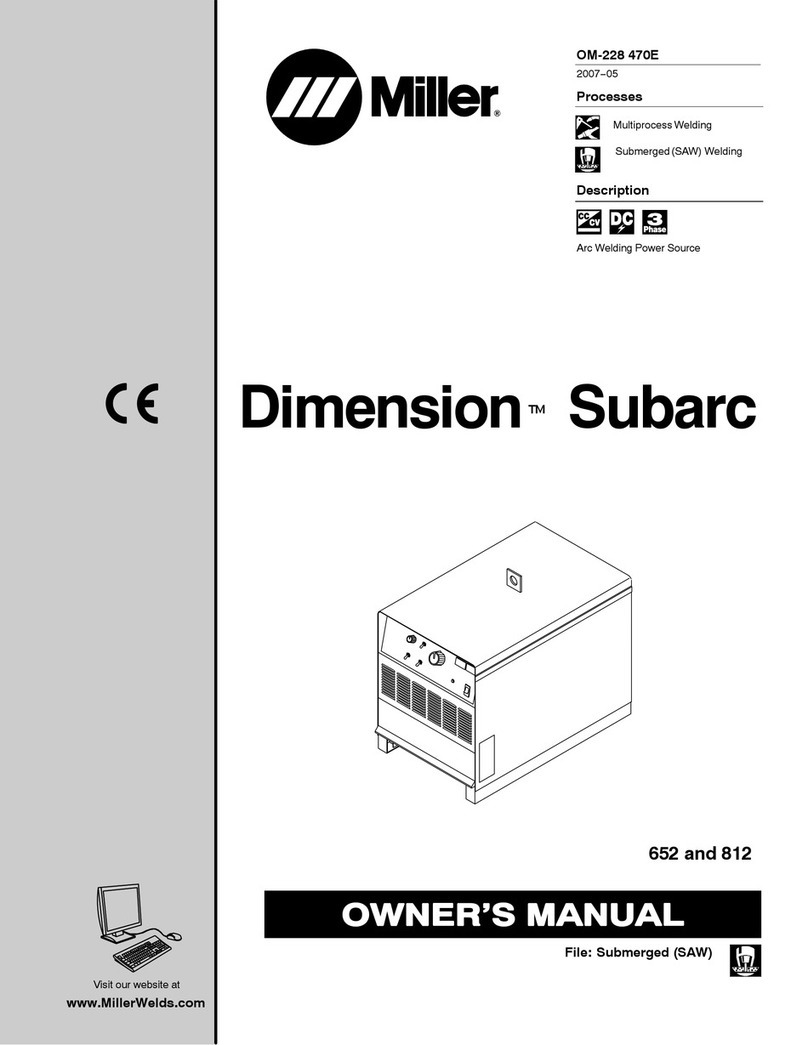
Miller
Miller Dimension Subarc 652 User manual
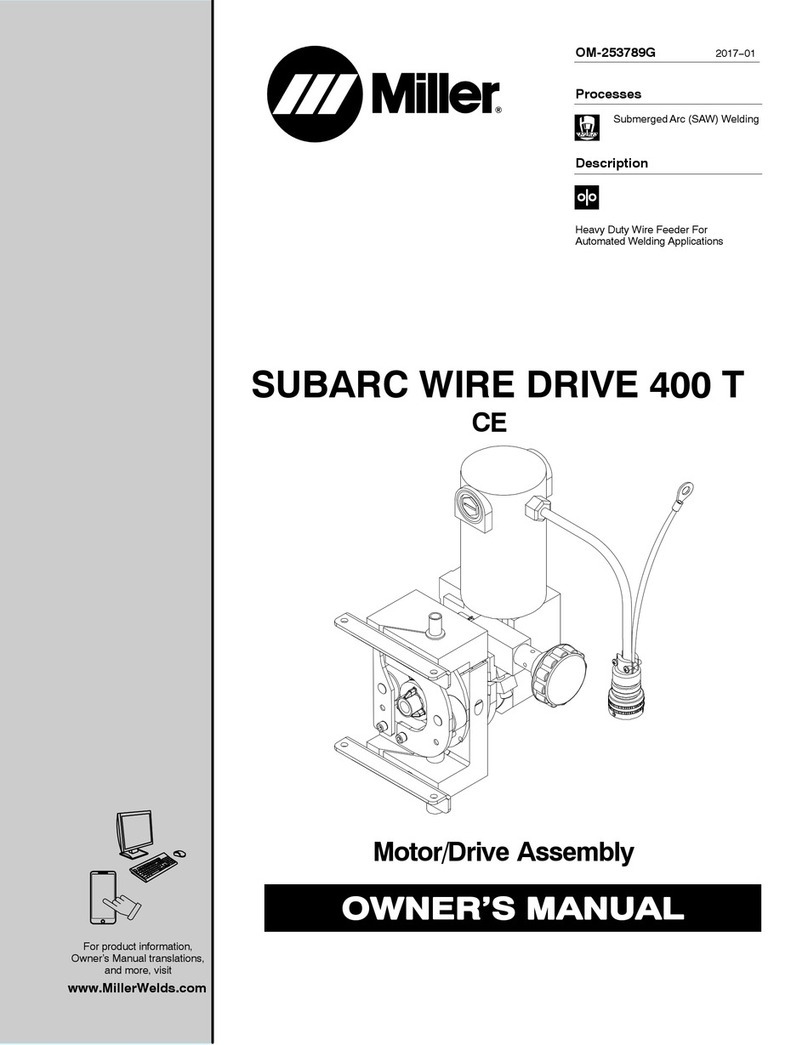
Miller
Miller SUBARC WIRE DRIVE 400 T CE User manual
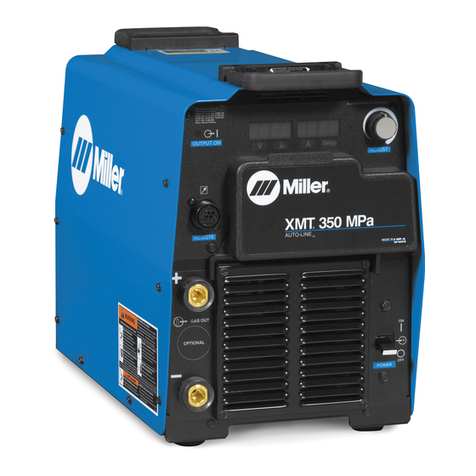
Miller
Miller INVISION 350 MPa AUTO-LINE User manual
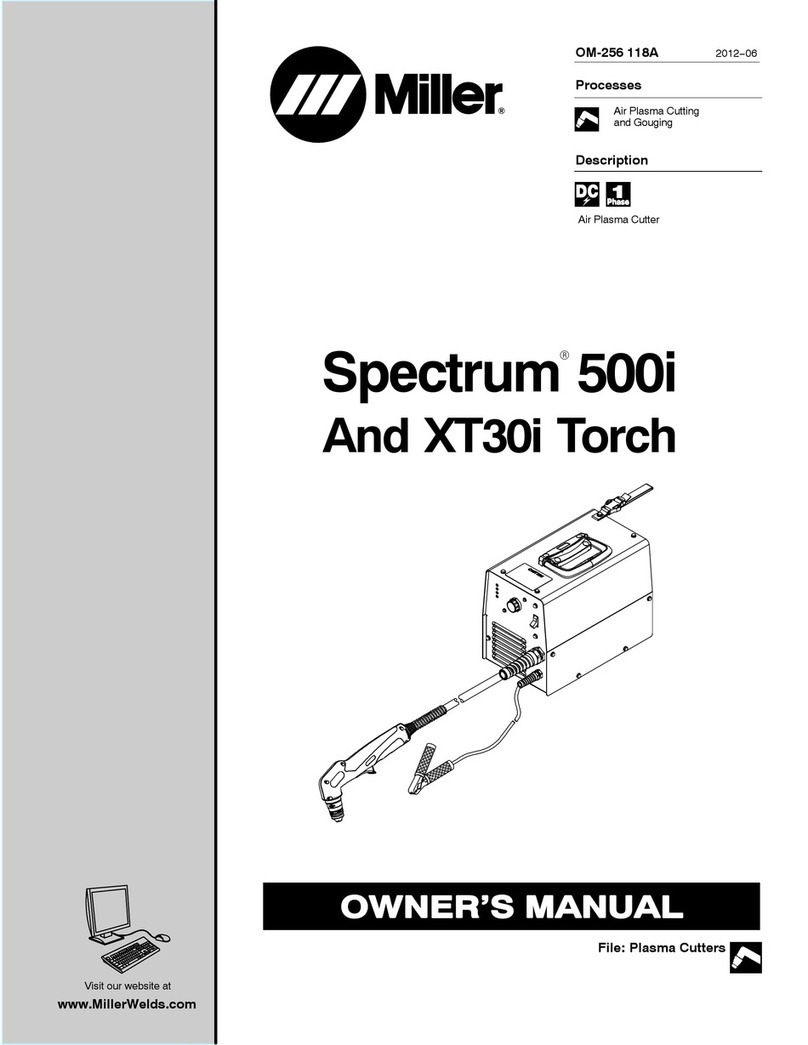
Miller
Miller Spectrum 500i User manual

Miller
Miller INTEGRA 350 Professional User manual
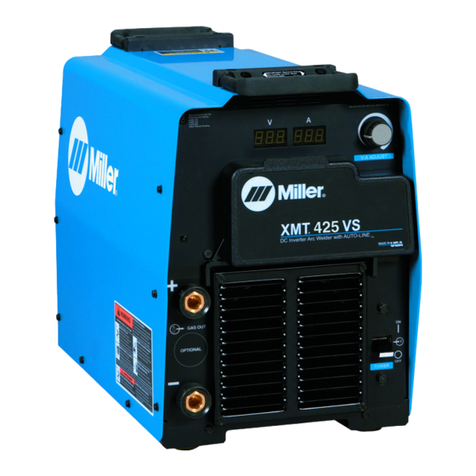
Miller
Miller XMT 425 VS User manual

Miller
Miller Axcess 675 User manual

Miller
Miller TRAILPOWER 5GA1 User manual

Miller
Miller MSW-41 User manual
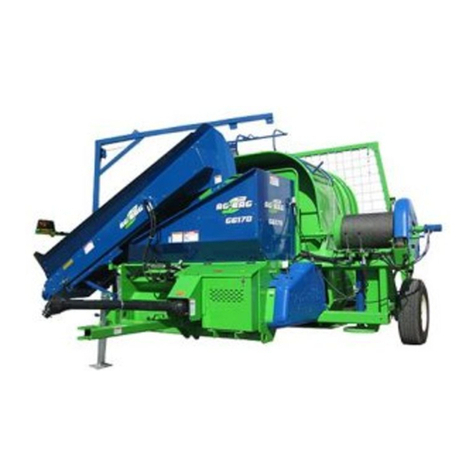
Miller
Miller Ag-Bag G6170 User manual
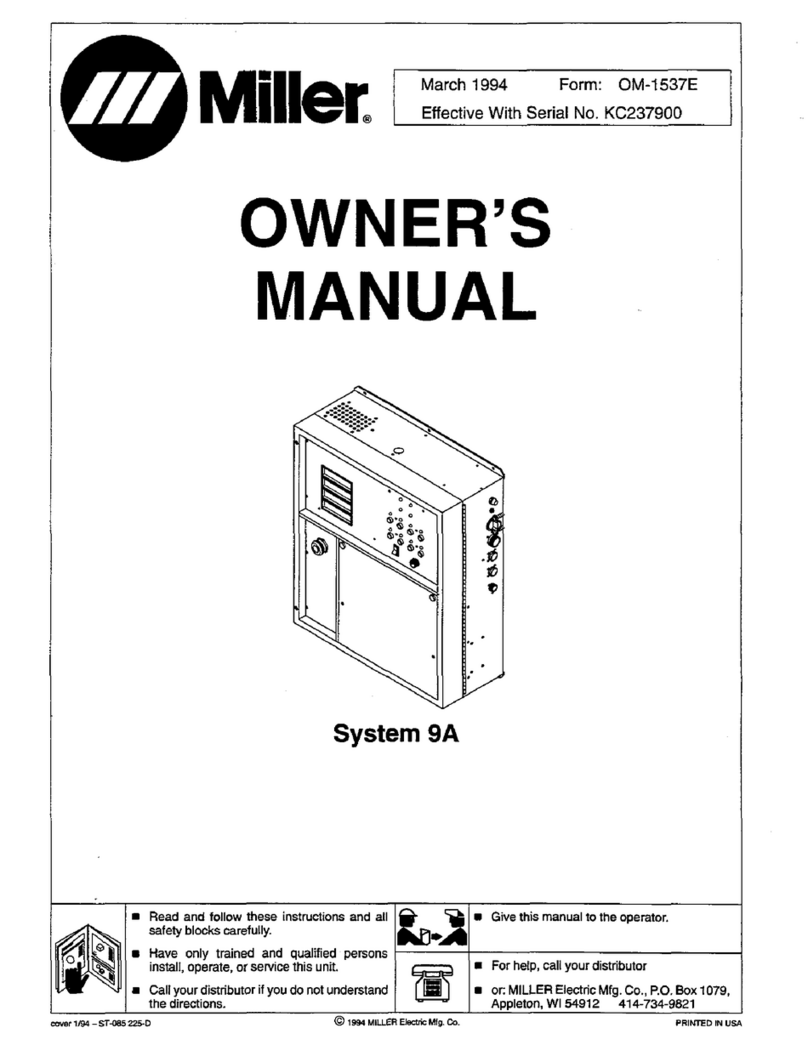
Miller
Miller System 9A User manual
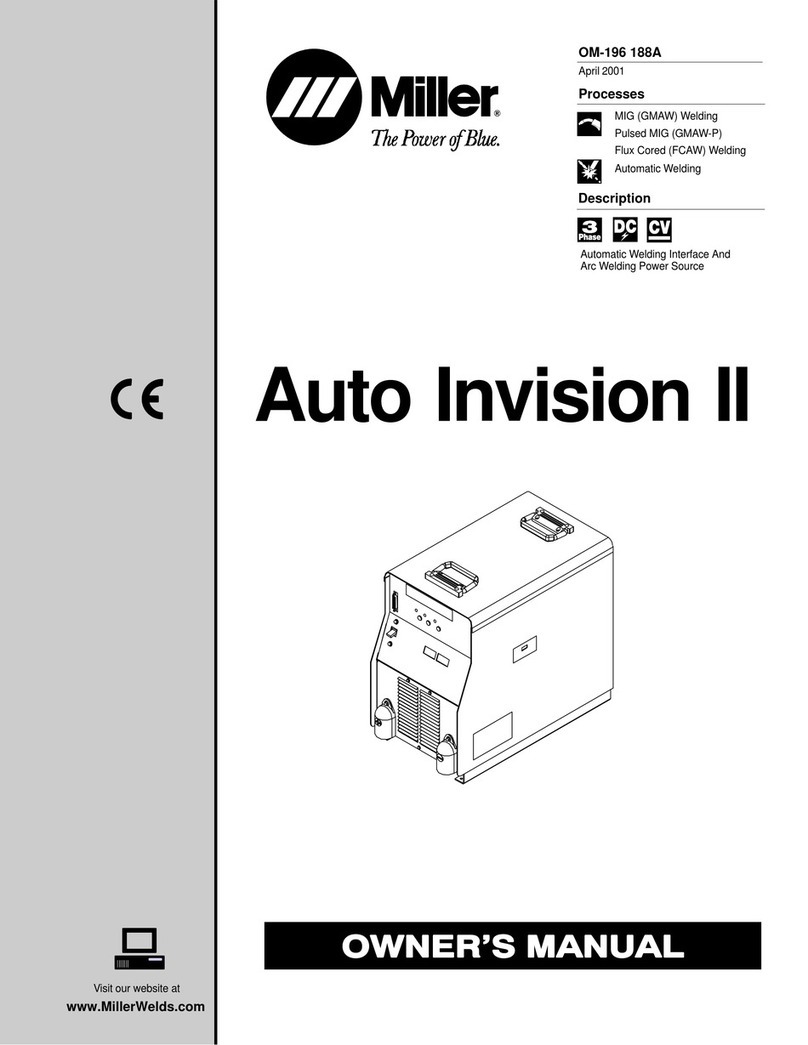
Miller
Miller Auto Invision 2 User manual
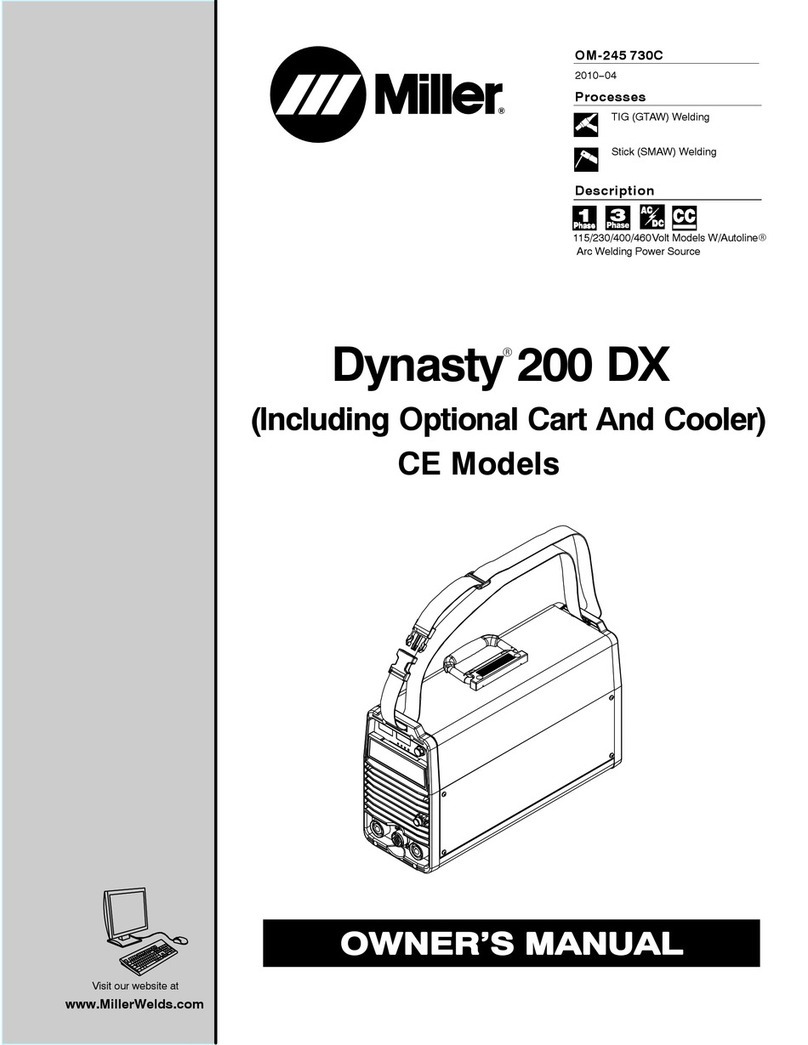
Miller
Miller DYNASTY 200 DX User manual

Miller
Miller Axcess 300 CE User manual
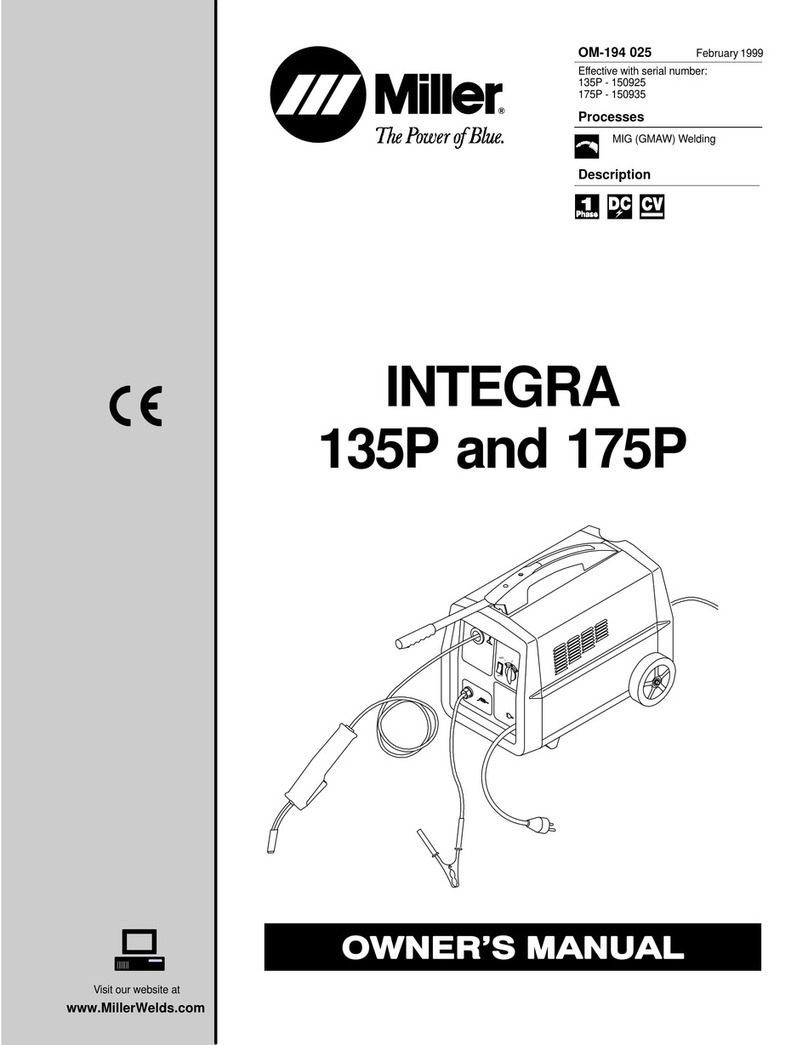
Miller
Miller INTEGRA 135P User manual
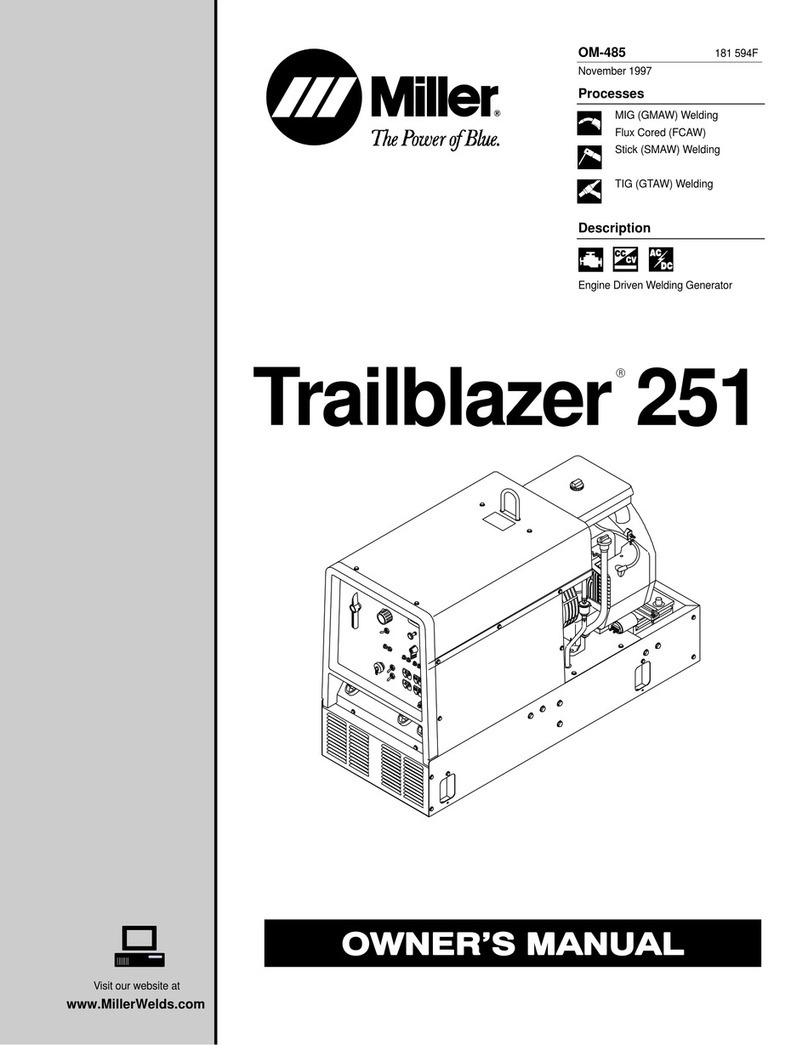
Miller
Miller Trailblazer 251 User manual
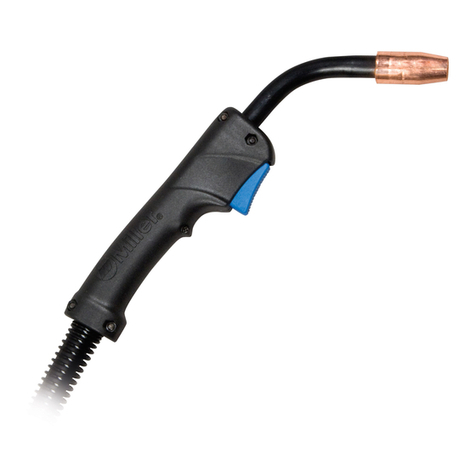
Miller
Miller M-100 User manual
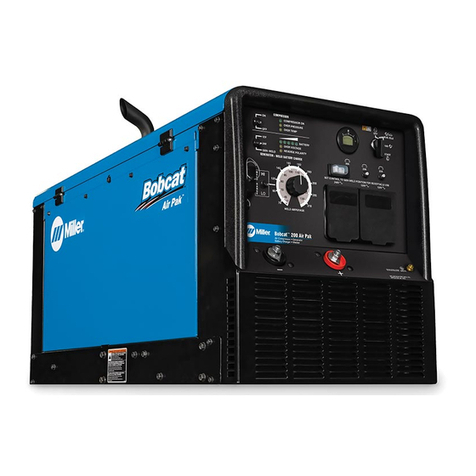
Miller
Miller Bobcat 200 Air Pak User manual

Miller
Miller W-350 Series User manual
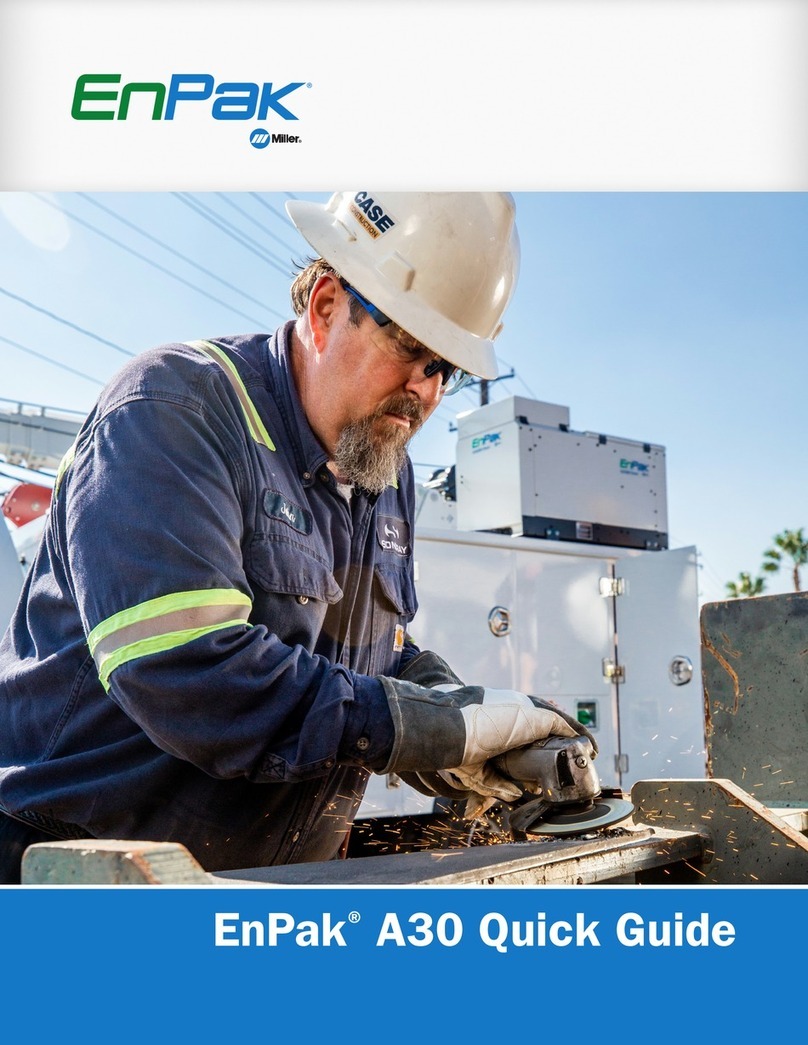
Miller
Miller EnPak A30 User manual
Popular Welding System manuals by other brands

TAFA
TAFA 30*8B35 owner's manual

Lincoln Electric
Lincoln Electric INVERTEC V350-PRO CE Technical specifications

ESAB
ESAB Buddy Arc 145 instruction manual

CIGWELD
CIGWELD 636804 use instructions

Red-D-Arc
Red-D-Arc DC-400 Operator's manual

Hobart Welding Products
Hobart Welding Products Spool Gun DP 3035-10 owner's manual
